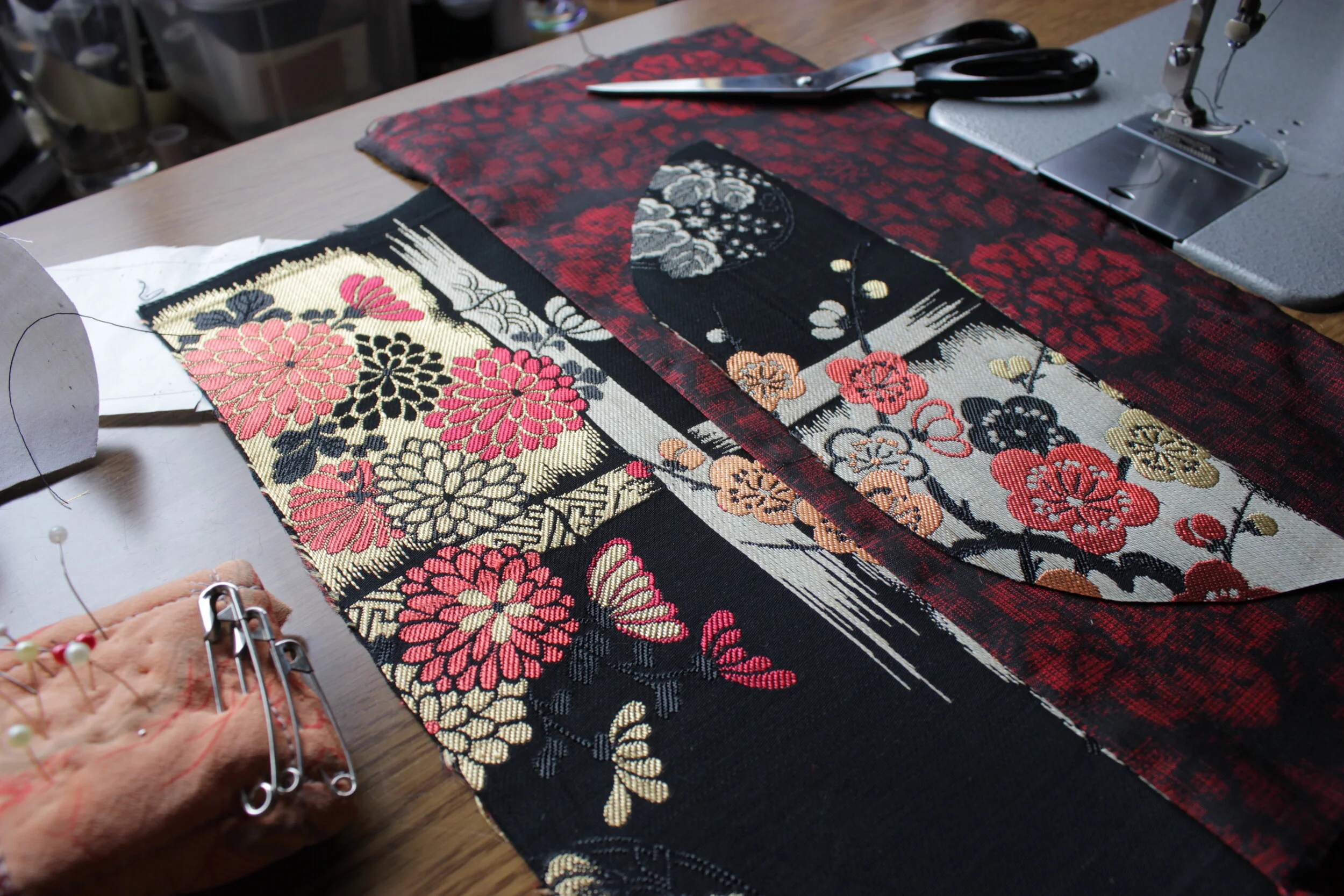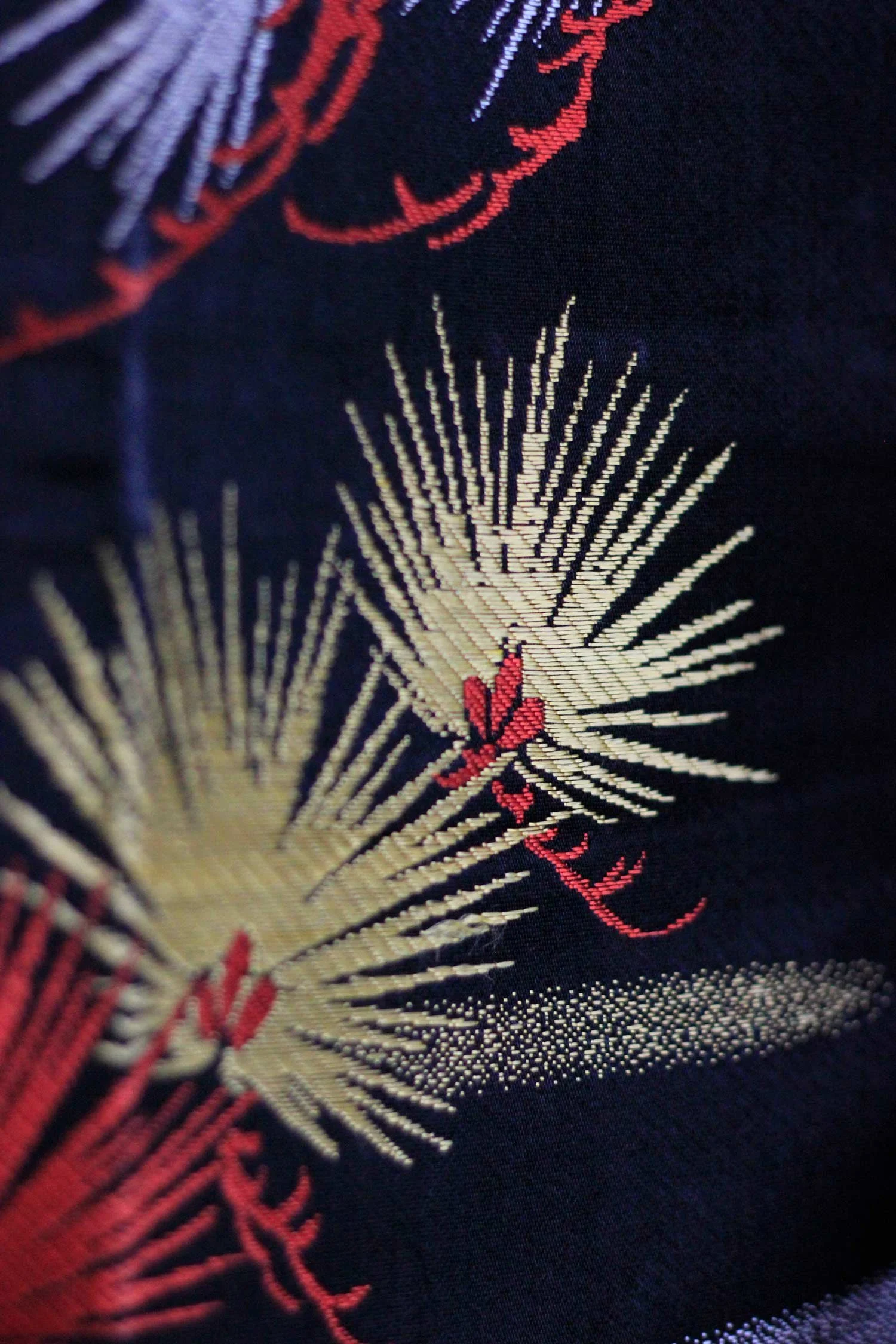
Shishi
Motif
What are these stone lions sitting at the entrance of Japanese shrines and temples? That’s probably one of the first things I investigated when moving to Japan as I kept seeing them. As I dug into my research I found that it was a vaster subject that I expected. But without going into too much details today, here is what I learned in a few sentences.
Chinese Lion
Let’s say you stand before a Shinto shrine or a Buddhist temple with lion statues guarding the entrance. The lion on the left-hand side has his mouth closed and sometimes has a small horn on his head. He is called Komainu, 狛犬 literally lion-dog. With his closed mouth, he is preventing evil from getting in. The one on the right-hand side has his mouth open and is often holding a temari, an ornamental silk ball, under his paw. He is called Shishi, 獅子 which translates as Chinese lion, a legendary creature originated in Ancient China. With his open mouth, he is warding off evil. Originally, these creatures were two very different identities but over the centuries they grew very similar, almost identical, as the Komainu is most often represented without his horn. Nowadays the terms Shishi and Komainu are even used interchangeably.
I believe the lion represented on this obi is a Shishi, for it has its mouth open, even though it isn’t standing like a guardian dog. Instead, he is jumping or flying on a foldable fan, which evokes a festive event. He is surrendered by pine branches, another auspicious pattern, which here, lots a lot like a firework.
Composition: Silk and lamé
A shrine I visited in the village of Hirokawa, Fukuoka prefecture, when studying the local textiles. These statues are older representations so we can see the horn on the Komainu’s head. The Shishi is holding the Temari ball in his mouth which is another variation.
Another image from my archives on which you can see the Shishi holding the Temari ball under his paw, and the Komainu, who doesn’t have a horn, is holding a puppy under his paw.
Detail
One part of the obi uses golden lamé, which is the part that would be displayed when the obi is tied, and another part uses yellow silk instead. When ordering you bag, you can specify which section you would like to use.
The yellow silk thread is not as shimmering as the lamé but it still reflects a lot of light and has a beautiful shine.
Gold details on the Shishi and pine branches
Yellow details on the Shishi and pine branches
Previously made in this fabric
Ipad sleeve








